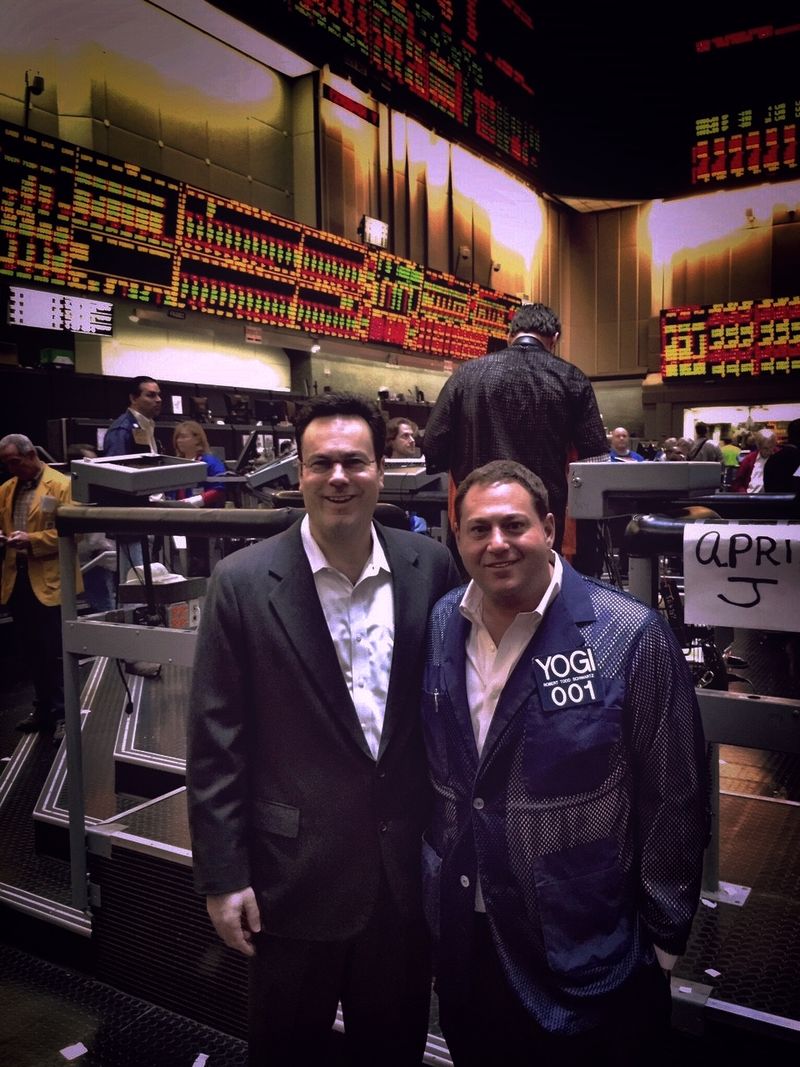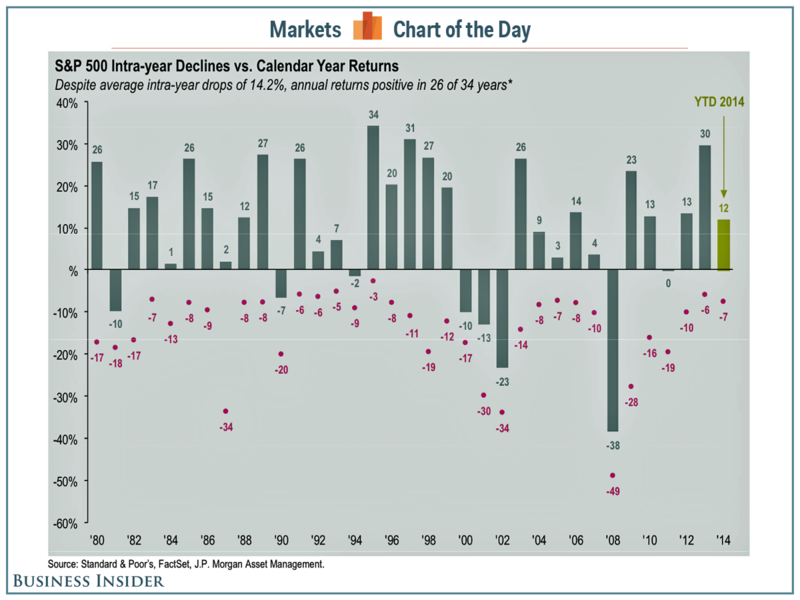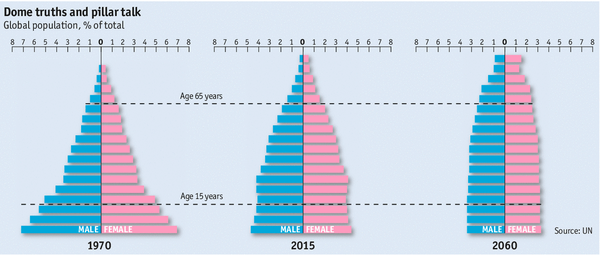I visited the trading floor of the CME this week with Bobby Schwartz.
Notice his badge number. He used to be one of the largest volume traders on the exchange.
While there, Bobby quickly slipped into his old rhythm, and I had a chance to experience his old persona. He showed me the hand signals he used on the floor. It was complex, fast-moving, and cool to see.
On one hand, the mastery was undeniable. On the other hand, it's a reminder how fast things change. It doesn't matter how good you are, or what your edge was … times change, markets change, and so does what a trader must do to make money consistently.
Bobby is a great example of that. He now runs one of the largest IBs and has shown, many times, that adapting quickly is the way to survive – and thrive.






